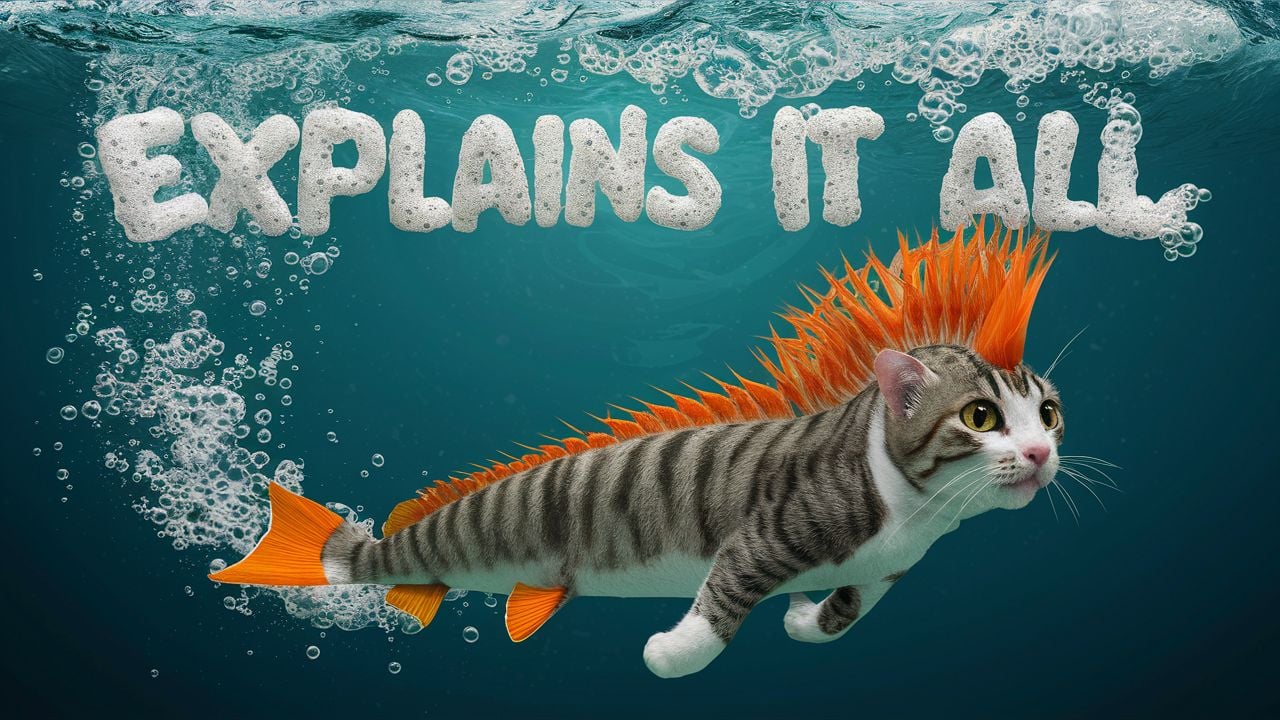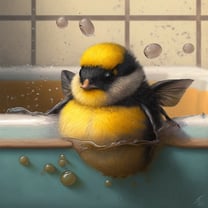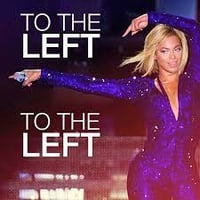Taylor Swift's Braided-Lyrics
Formerly *coined by me (I think)* "Braid Theory"
**Disclaimer: I'm honestly saying this in a mostly jokey way. I tried to do my due-diligence and see where this idea started/was discovered. If you have some earlier time-stamps please put them in the comments and I'll add them in.
But no, too clunky. I used to call it a theory, but after reading some things I think it's just the facts. It'll henceforth be referred to as
Taylor Swift's (that part is optional)
Braided-Lyrics
But read on, I've got some research:
I subscribe to the braid theory Braded-Lyrics: Each song has many different strands woven together: Muse, music industry, fans, sometimes historical events or mythology. I recognized it in the music Dec 2020, but didn’t quite know what I had:
https://kit10phish.wordpress.com/2020/12/16/evermore-analysis-amalgamation/
Visual Examples of Braid Theory:
https://kit10phish.wordpress.com/?s=song+map&submit=Search
ITHHK, MAATHP, WCS, YLM are all good examples.
Aside from storylines and characters, Taylor has been weaving bits of her past work either through lyrical reference or by interpolating within the production itself. I wanted a list, but couldn’t readily find one. If you have one Speak Now!
In Literature ‘Braided Writing’ is a Thing:
“A braided piece is one that uses different strands – usually three separate story lines or topics, alternating topics sequentially between each of the three lines."
"In braided narratives, novelists plait together different narrative threads, distinct in terms of both narrator and story, to grapple with both the poignant fissure that fractures the most intimate attachments between individuals and the chasm that historical violences carve between social groups."
"A braided novel follows multiple viewpoint characters, each of whom has his or her own story, and the stories interweave and converge at or near the climax of the book. Jul 26, 2017"
Oh. My.... Here it is-This is it!
This author of this paper wrote this after evermore came out (2/22/22, according to document properties) but summarizes Braid Theory PERFECTLY:
[I’ve changed formatting, added a link, and added a couple of words and extrapolations in brackets to the original text]
This book is what is known in writing instruction as a braided memoir, meaning there's more than one big theme, and that those themes are braided together. You've got three mondo themes here, all of them mighty: family, identity, and political ambition. Inspired by Jose Jorge Mendoza’s conception of a braid of whiteness:
https://www.jstor.org/stable/10.5406/pluralist.5.3.0041
I will argue that gay identities are built by the interweaving of three distinguishable strands of a braid. While looking at every shared aspect of gay culture would be an undertaking beyond the scope of this paper, focusing on the three specific dimensions… Allows us to gain a useful understanding of gay identities and their most significant strands:
- physical aesthetic (looking the part),
- gendered performativity (acting the part), and
- socio-political goals (thinking the part)
While each of these strands can be conceptually distinguished from the other, they are tightly intertwined in the way they are encountered by gay individuals. Furthermore, there is disagreement in the gay community, and society at large, regarding how gay men [extrapolate this to women and the other letter identities] fit within each strand, giving rise to two parallel braids of gay identity:
- one of mostly-white, fit chaste bodies, masculinity [or femininity for women], and a middle-class assimilation into the mainstream, which I will call the Homonormative braid;
- and the other of any combination of darker, non-muscular or sexual bodies, or femininity [in men, masculinity in women], or of existence in compartmentalized communities at the fringes of urban centers, which I will call the Transgressive braid.
[So]…these three strands form two very different braids, one of homonormative ideals, which is given preference by society, and one of transgressive ideals, which is portrayed as a place for outsiders by political messaging and media representations.
- This gives rise to a lived experience where, as part of coming to terms with one’s sexuality, one must consider whether he can fit into the homonormative vision, and perhaps if he wants to (though the pull of acceptance for those with the option is hard to reject), or if he will be cast into the role of the transgressive.
-
- While it is possible to live entirely on the transgressive braid due to its heterogeneity, the homonormative one is more elusive and homogenous. It’s a well-constructed image one can adopt in situations where conformity is valuable or necessary.
- But this code-switching contributes to a problematic feeling of otherness that becomes tied to gay identities. Which of these braids one fits on, or how and when one shuttles between them, guides his identity formation along all three strands.
https://provost.baruch.cuny.edu/wp-content/uploads/sites/5/2021/03/Parallel-Braids.pdf
It’s me again. Read that whole paper-wow! That is exactly what Taylor is doing with her music. She is struggling between the heteronormative and transgressive braids, code switching for safety (and capitalism). And TTPD is largely about the feeling of otherness that results.
I think lots of people are sleeping on the following: "braid" is used 2 times in the album, not to mention all the promo braids. And "swirled" you into songs is also used. I think Taylor is saying all(?) the songs here are more than 1 person/event/topic, or whatever. Nothing will be clear cut and straight forward or just 1 subject.
Lines where Taylor is telling us she’s using braided-poetry:
Your braids like a pattern, love you to the Moon and to Saturn Passed down like folk songs, the love lasts so long. [seven/folklore]
I was in my tower weaving nightmares/Twisting all my smiles into snarls [Cassandra/TTPD]
You cinephile in black and white/All those plot twists and dynamite [loml/TTPD]
But she's too young to know this song/That was intertwined in the magic fabric of our dreaming [TBD/TTPD]
That was intertwined in the tragic [vs "magic" 1st time] fabric of our dreaming [TBD/TTPD]
All those nights you kept me going/Swirled you into all of my poems [FOTS/TTPD]
The coward claimed he was a lion/I'm combing through the braids of lies [LOML/TTPD]
Dutiful daughter, all my plans were laid/Tendrils tucked into a woven braid [BDILH/TTPD]
I know I sound like a broken record but I think all the 3s are trying to hint at BRAID theory BRAIDED-Lyrics: Each song has different strands. They're all amalgamations. No single story or correct answer. Taylor is hinting 3 hard bc people aren't picking up what she's trying to put down with her constant braided hairstyles.
The overlap is awe-inspiring to me! And I’ll just leave this here:
May 22, 2021:
→Insert racial sensitivity here←
I can’t speak on Black hairstyles and the meaning of braids, b/c that’s not my life, or story to tell. Please chime-in in the comments if you know about it so I can add it. In my research it looks like Black, butch lesbians (Studs? Sorry if this is not accurate or wrong usage!) may have introduced braids into the queer aesthetic, but I couldn’t find a primary source on it. I did find a guide to avoid hurtful appropriation though:
https://whatsonqueerbc.com/woq-bc-stories/braids
Below I tried to cover the first Taylor Swift fans that put together braid theory (this is publicly available info):
3/2/24:
4/15/24:
April 22, 2024
What’s this mean for The Tortured Poets Department?
Remember this:
Lover → foiled masters heist
Watch 2nd hand gets to midnight, Taylor takes a selfie, burns it down:
Notice she’s on the INSIDE of the queer trailer park.
So happy and free!
And what happens in the long run?
New, original albums, to be distinguished from Taylor’s Versions re-records:
10th is Midnights → 3AM EST = 3AM EP
11th is TTPD → 2AM EST = The Anthology
12th is ______(I’m guessing orange theme) → 1AM EST = extra songs that give more insight
13th is album → midnight = meet me at midnight




